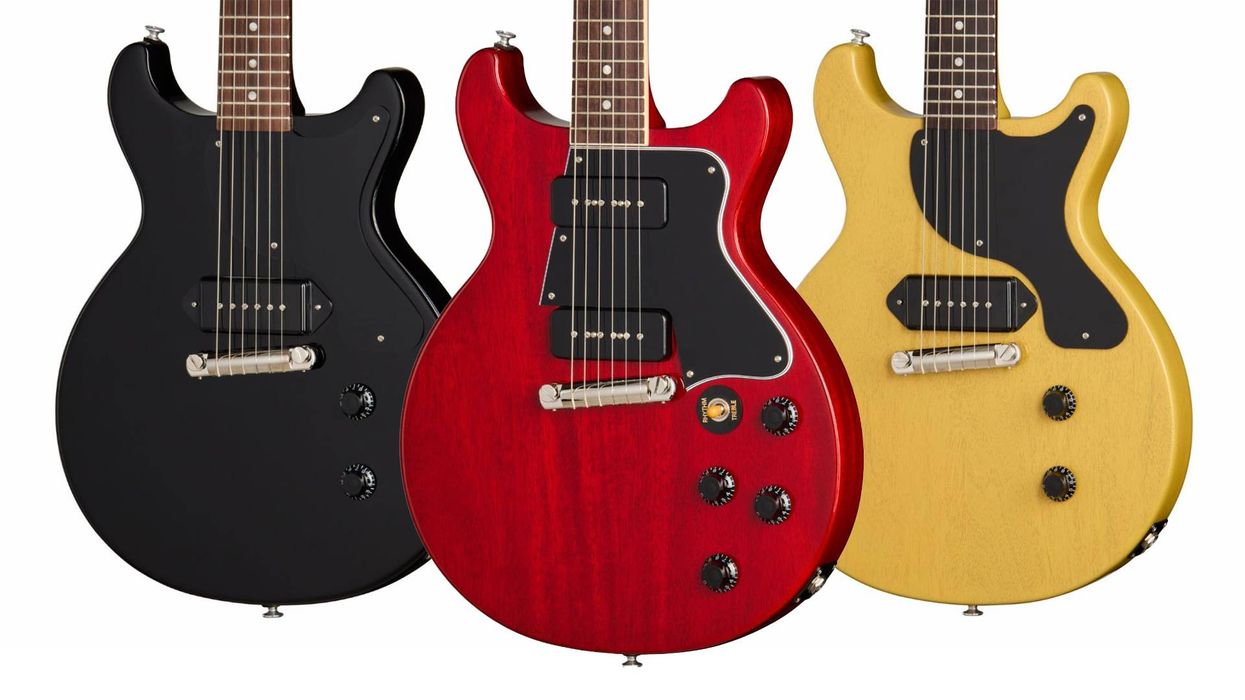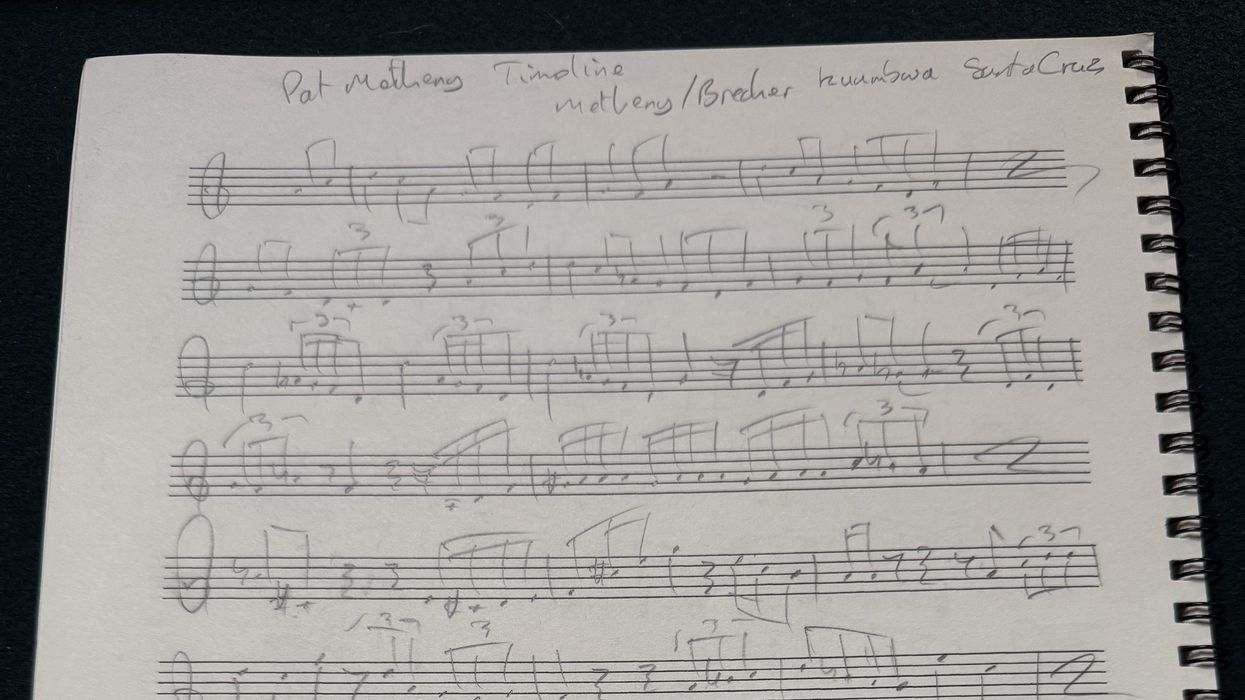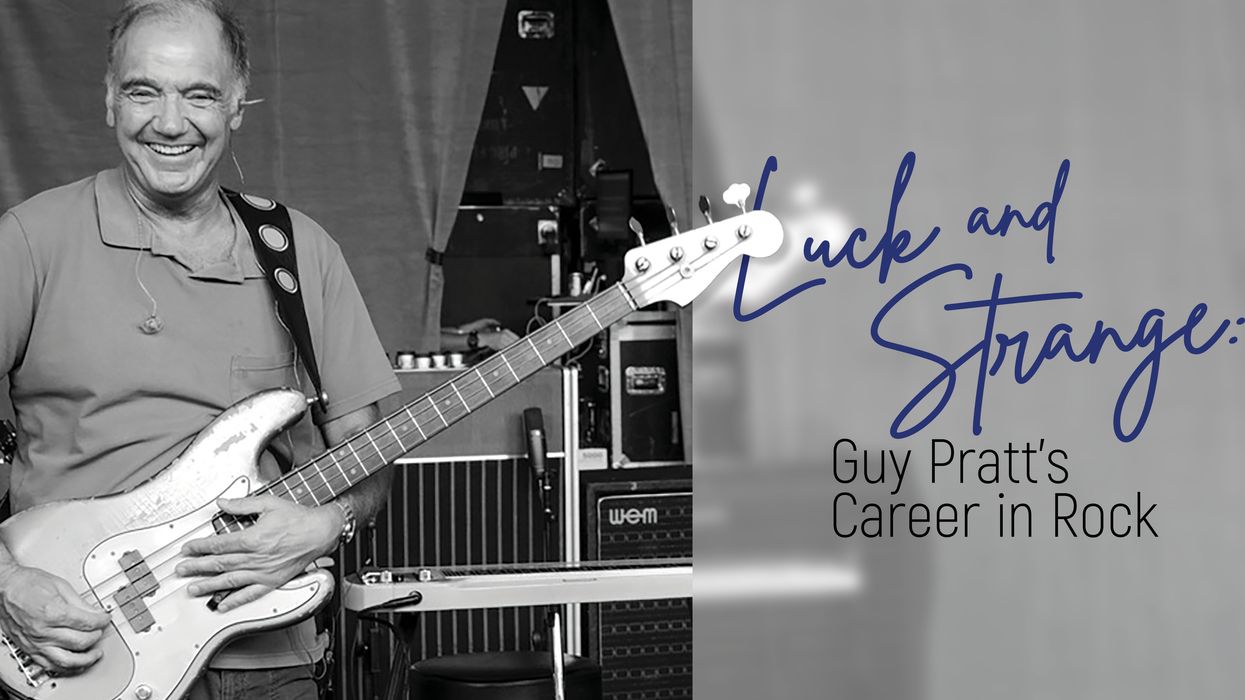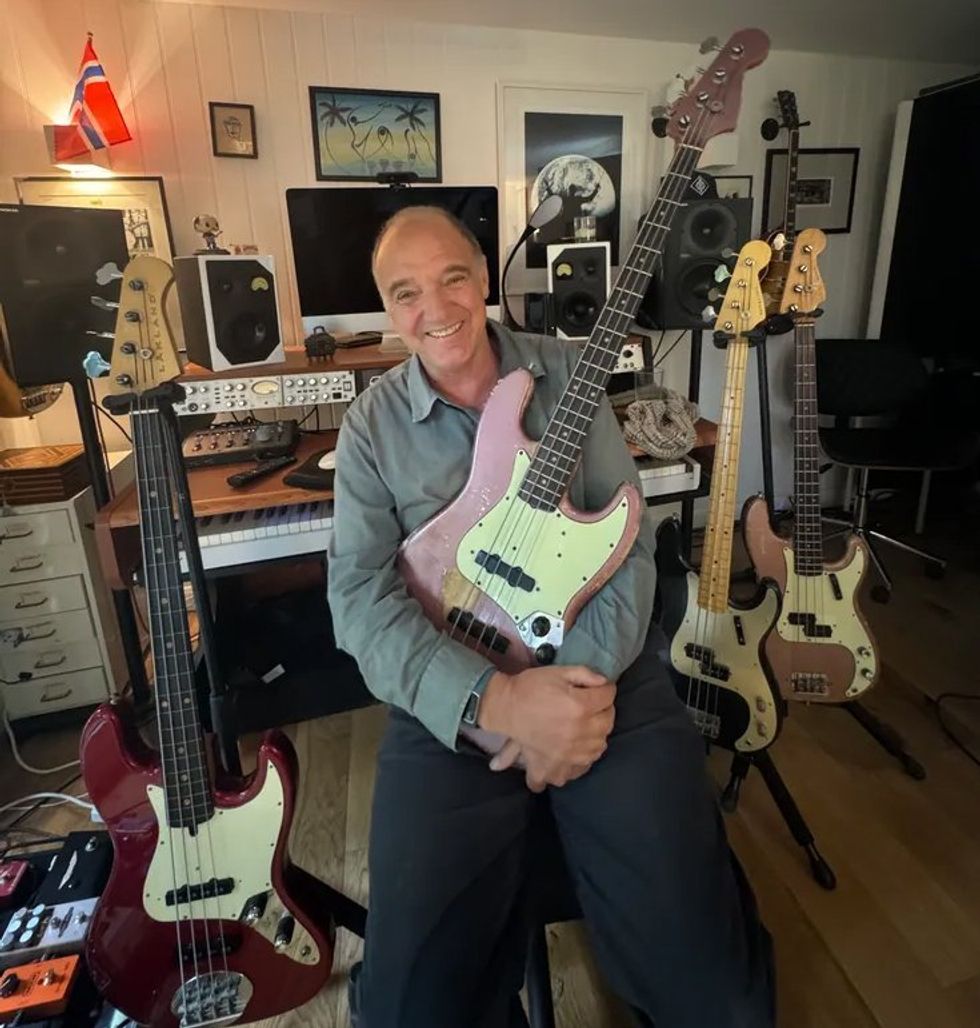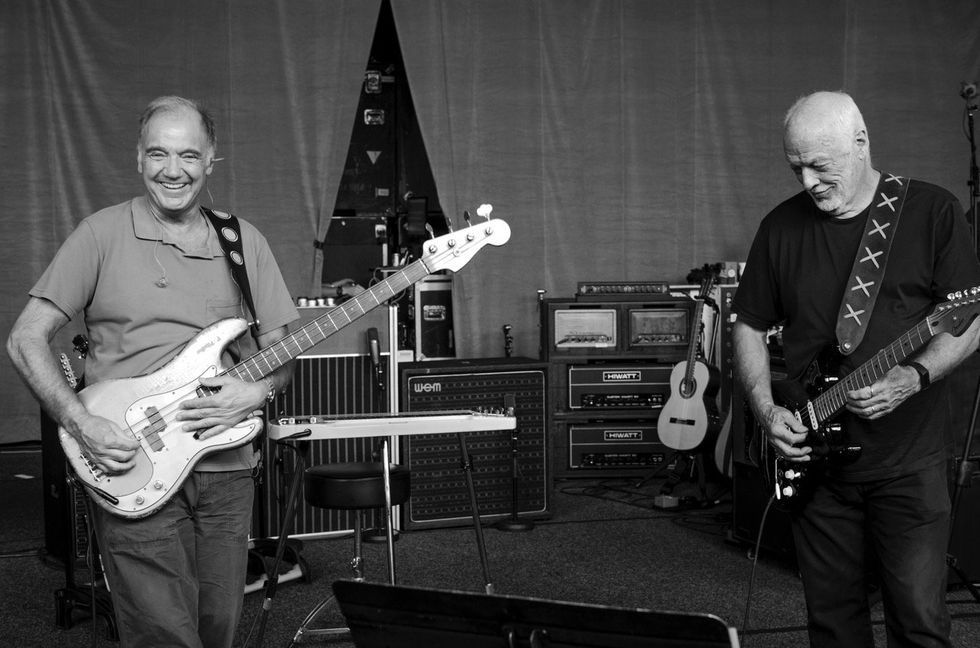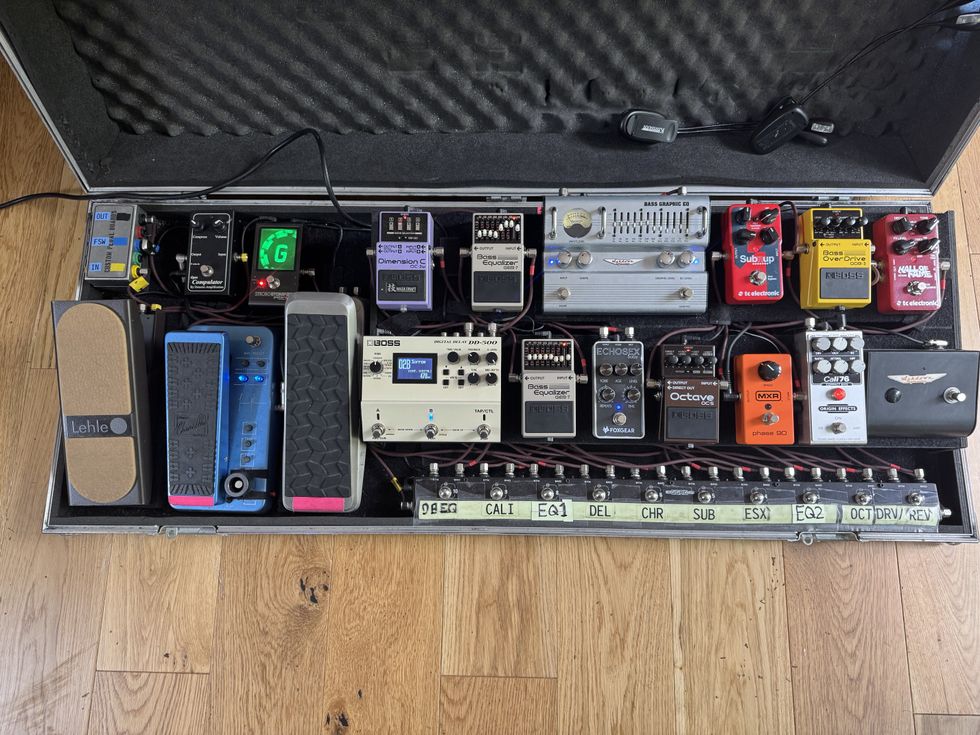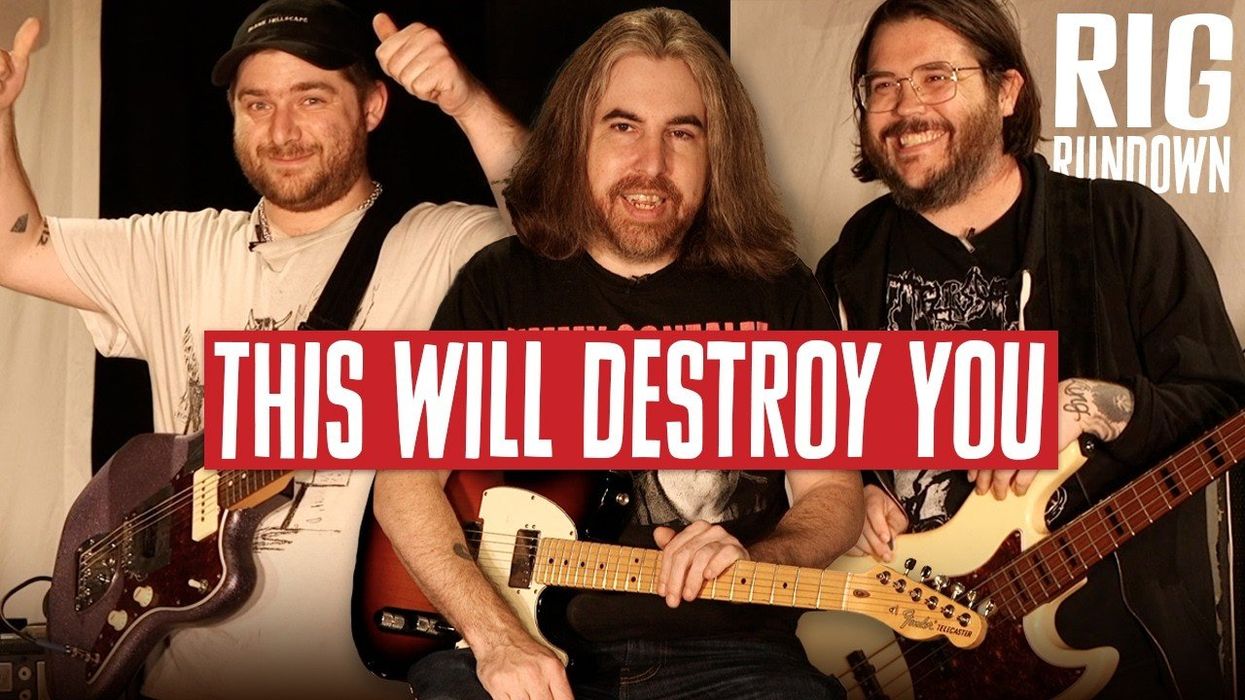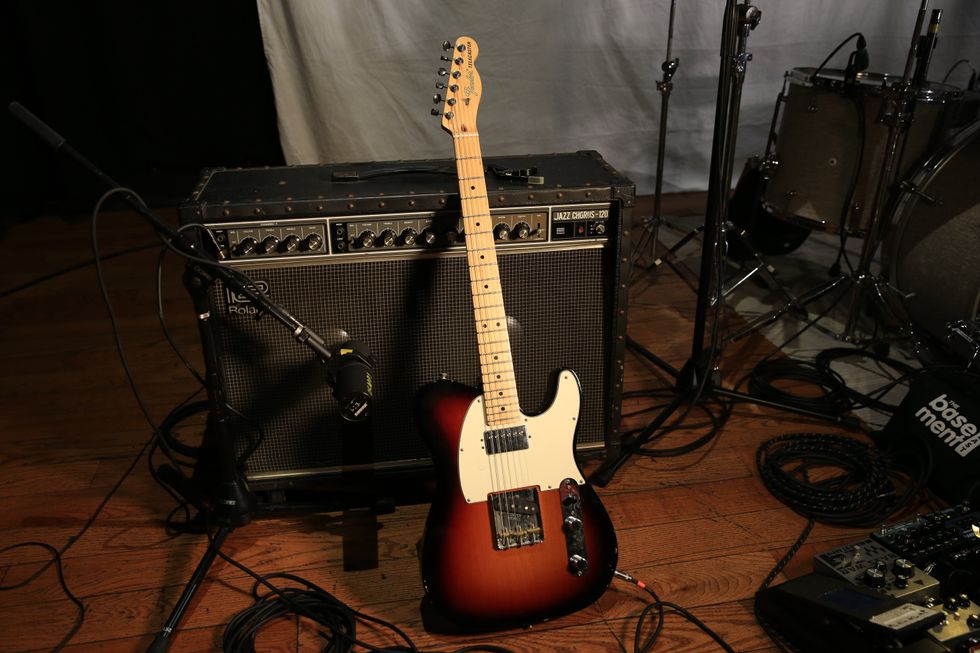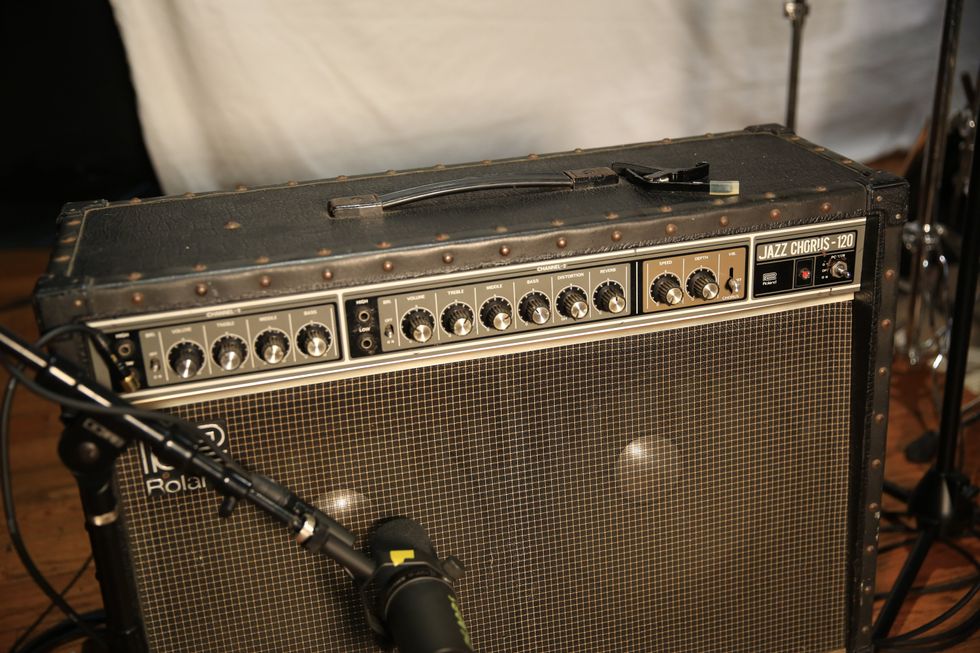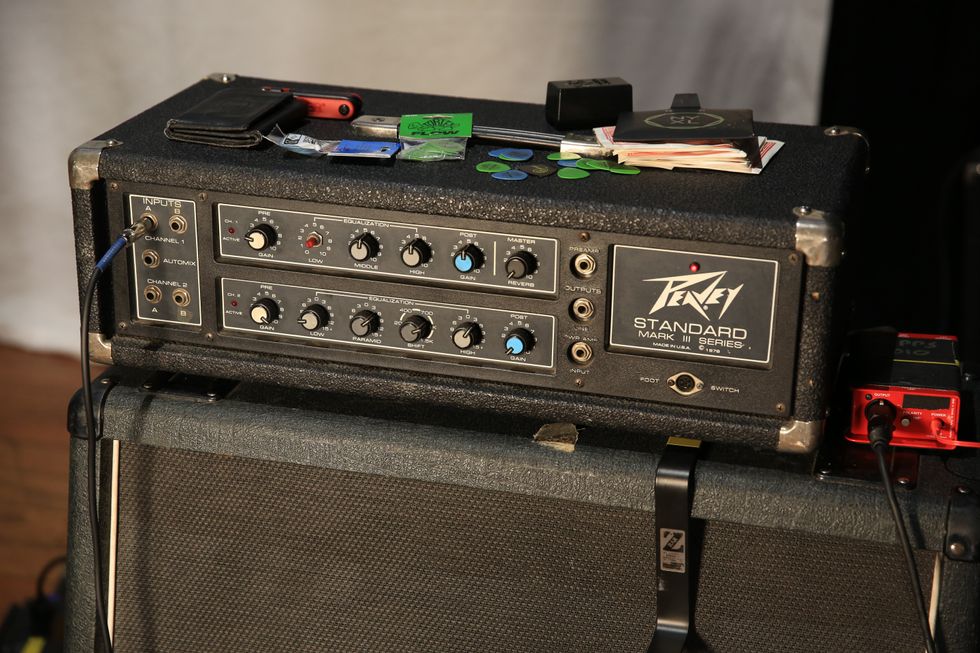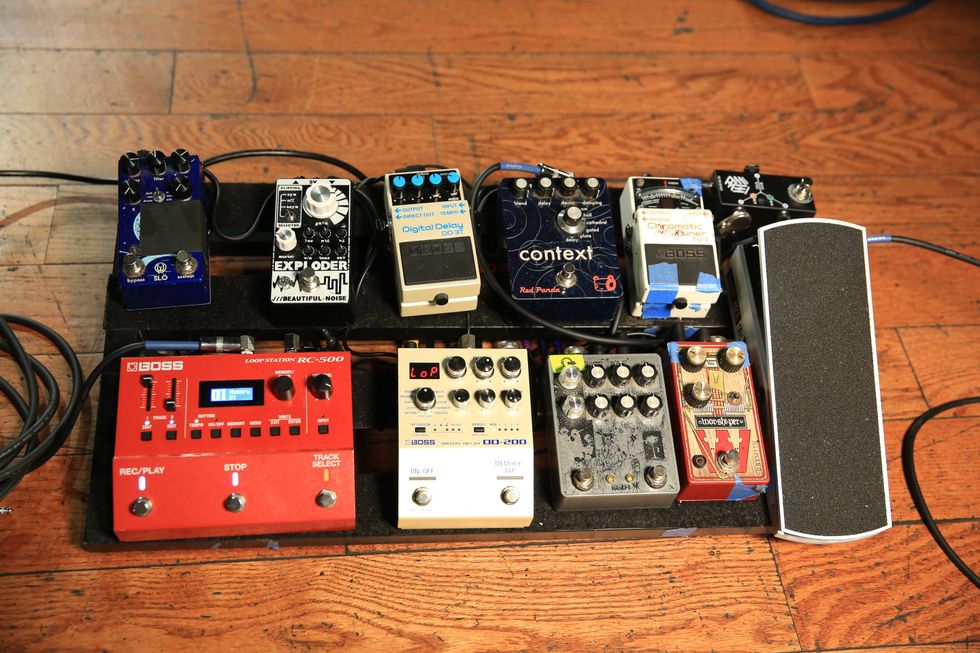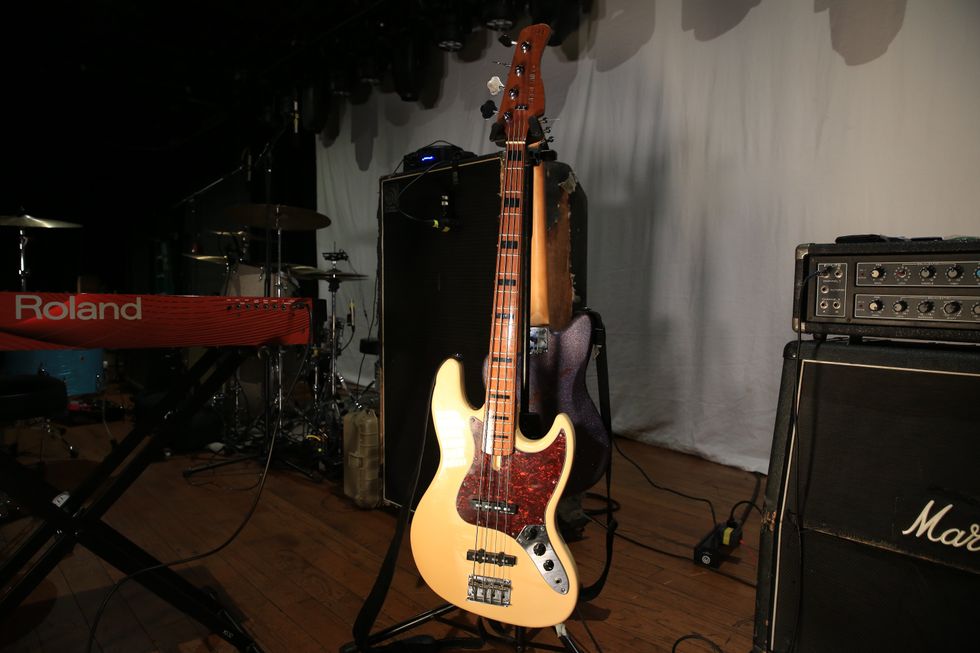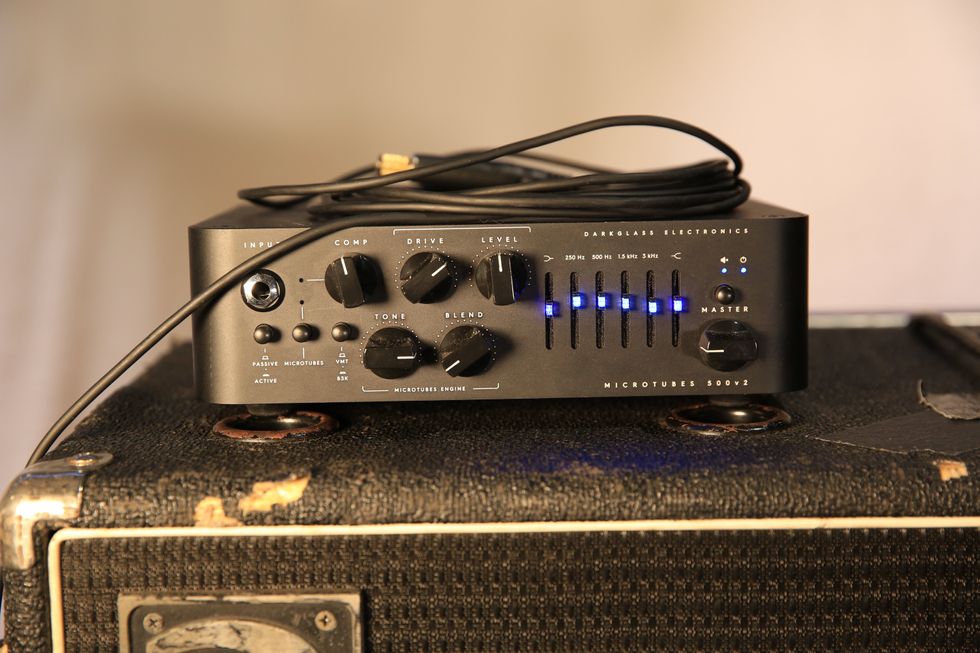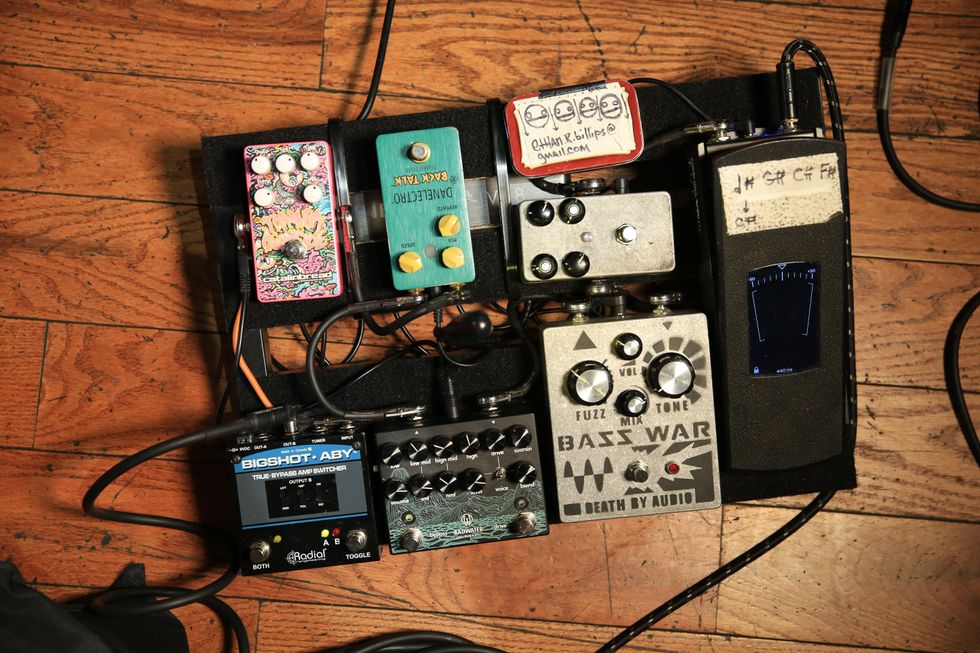Recorded with Epiphone Scroll bass (neck pickup only) into Focusrite Scarlett 2i4 interface into GarageBand.
Clip 1: Boost at 1 o’clock, character 2 o’clock, mid gain 2 o’clock, mid freq 2 o’clock, bass at noon, and treble at 1 o’clock. [Pedal engaged at 0:21]
Clip 2: Used in front of an Electro-Harmonix Nano Bass Big Muff. Boost at 12 o’clock, character 2 o’clock, mid gain 2 o’clock, mid freq 2 o’clock, bass at 9 o’clock,, and treble at noon. [Pedal engaged at 0:21]
RatingsPros:Solid build. Great EQ. Conjures a more present, thicker, tone without coloration. Cons: It’s pricey at 200 bucks. Street: $199 Darkglass Harmonic Booster darkglass.com | Tones: Ease of Use: Build/Design: Value: |
Like all Darkglass pedals, the Harmonic Booster has a smart, modern and stealthy look. But unlike most of the company’s pedals, which are lauded for their distortion circuits, this revamp of their very first offering is all about the clean.
The Harmonic Booster is a simple affair with controls for boost (+/- 20 dB), character, and a 3-band EQ, which includes a mid-frequency dial with a range of 250 Hz to 2.5 kHz. A very bright white LED resides smack-dab in the center to indicate on/off status.
Why a booster? Bass solos! Sure, it can be placed after your other effects for a generous helping of dBs when you need it, but putting it first in line (or as the only pedal in line) from your bass makes for a very helpful tone shaper—especially for those of us who primarily play passive instruments. The midrange fine-tuning is a beneficial tool to have on hand, particularly if your amp is lacking in mid-frequency maneuverability.
While somewhat subtle, the Harmonic Booster livened up the tone of my favorite P with gusto, but without coloration. It’s a nuance that’s hard to describe outside of simply giving additional life, clarity, and openness to a tone I was already content with. And when I placed it in front of an EHX Bass Big Muff, the sound of my filth was that much more fierce and pronounced. This little black box is spendy at $200, but if it’s a pedal you don’t turn off, the math works.
Test Gear: 2002 Fender Precision, Late-’70s Epiphone Scroll bass, Gallien-Krueger 800RB, Orange OBC212, Electro-Harmonix Nano Bass Big Muff, Focusrite Scarlett 2i4



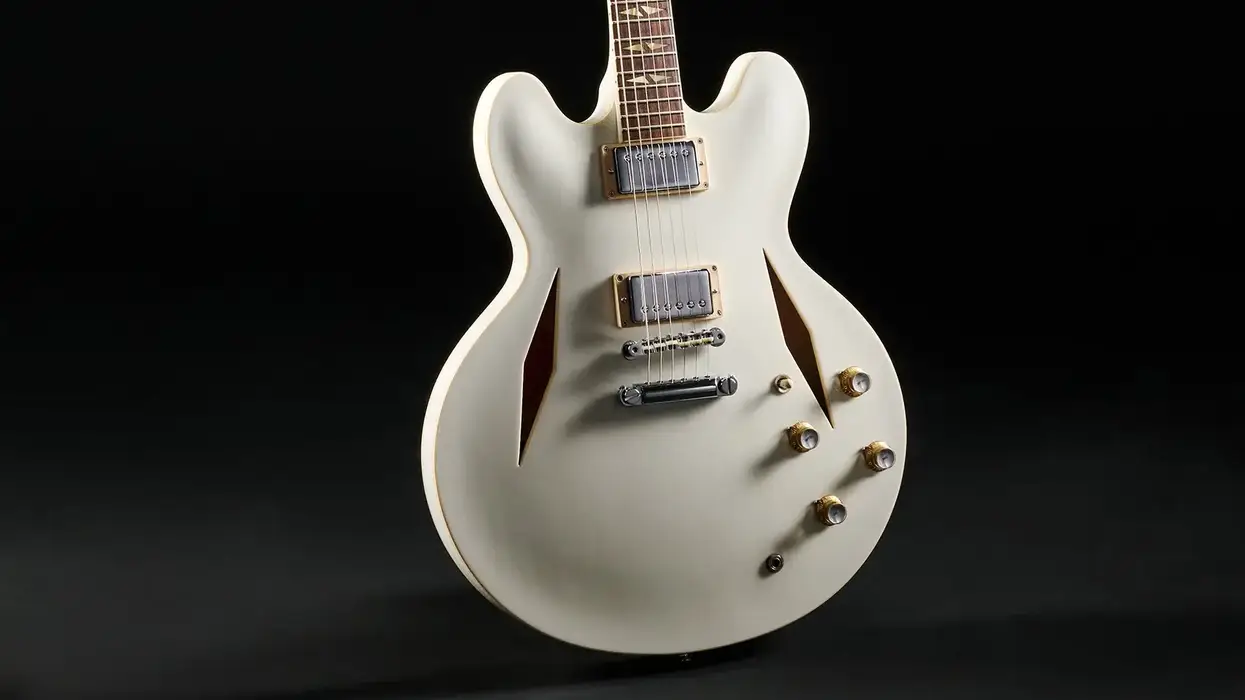
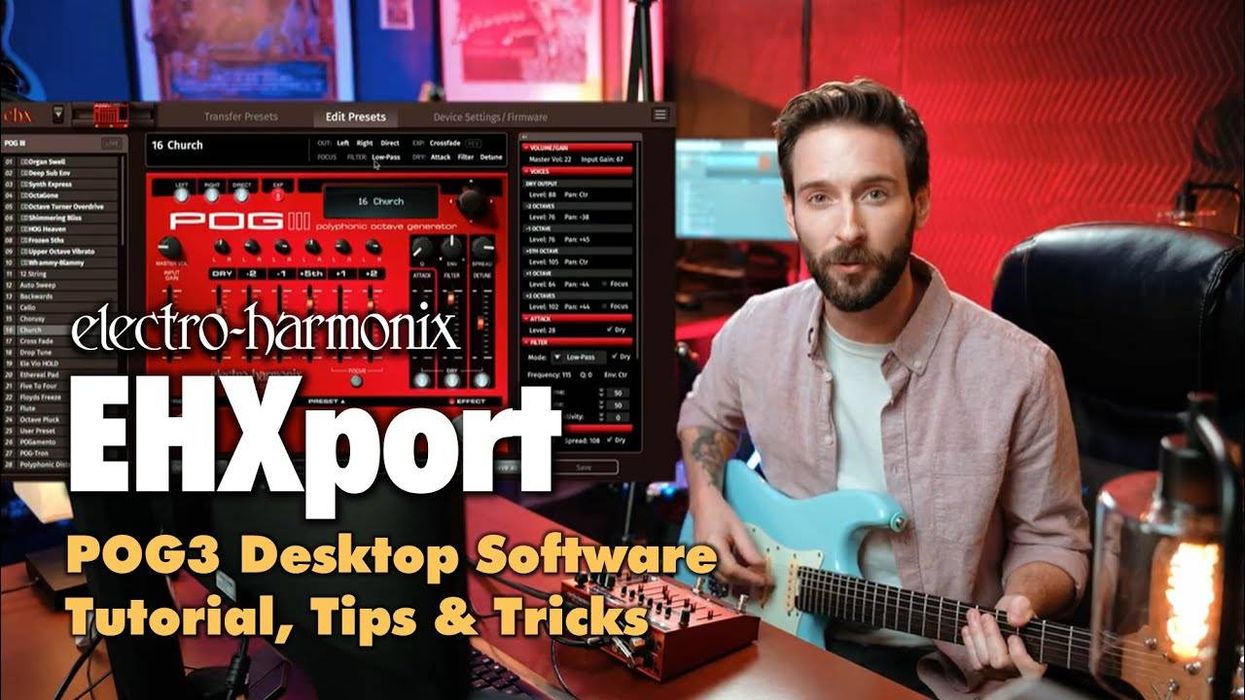
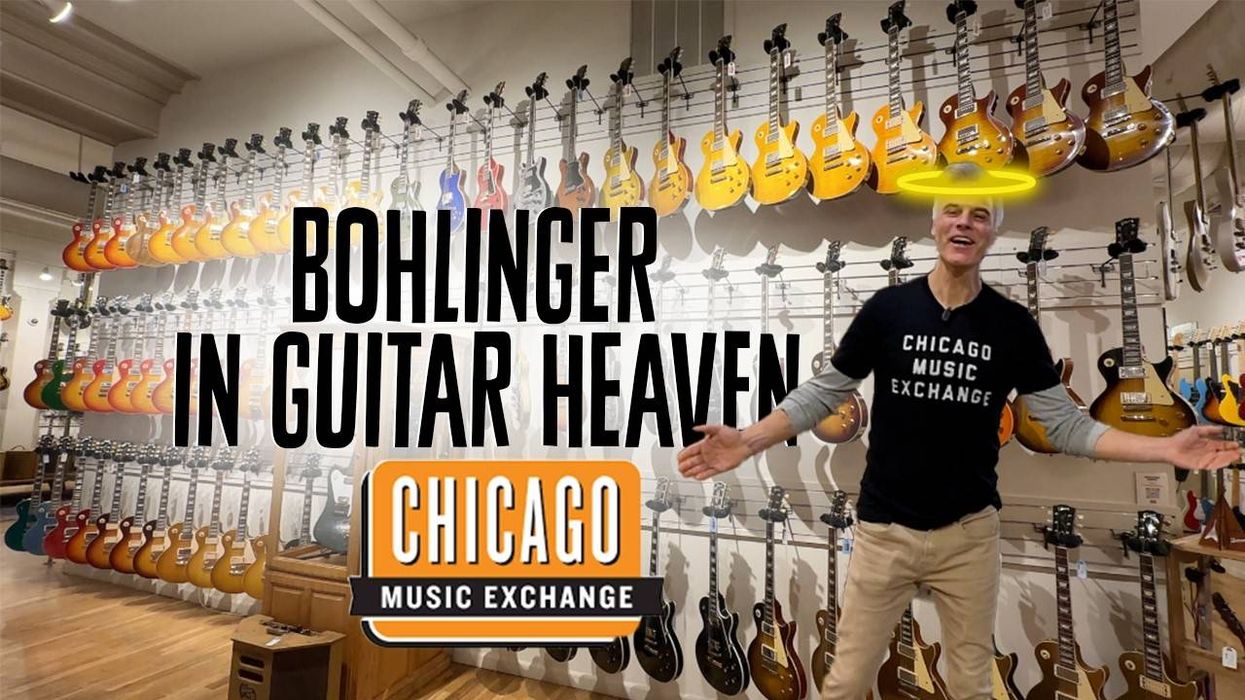
![Rig Rundown: AFI [2025]](https://www.premierguitar.com/media-library/youtube.jpg?id=62064741&width=1245&height=700&quality=70&coordinates=0%2C0%2C0%2C0)












 Shop Scott's Rig
Shop Scott's Rig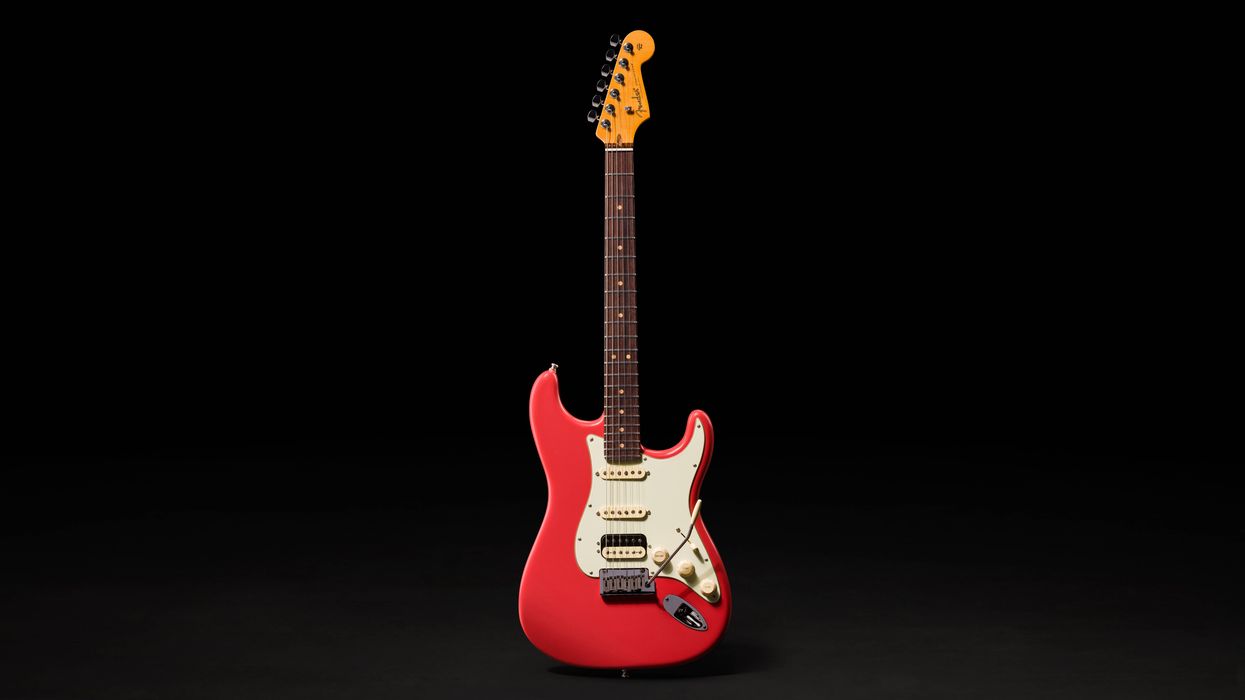

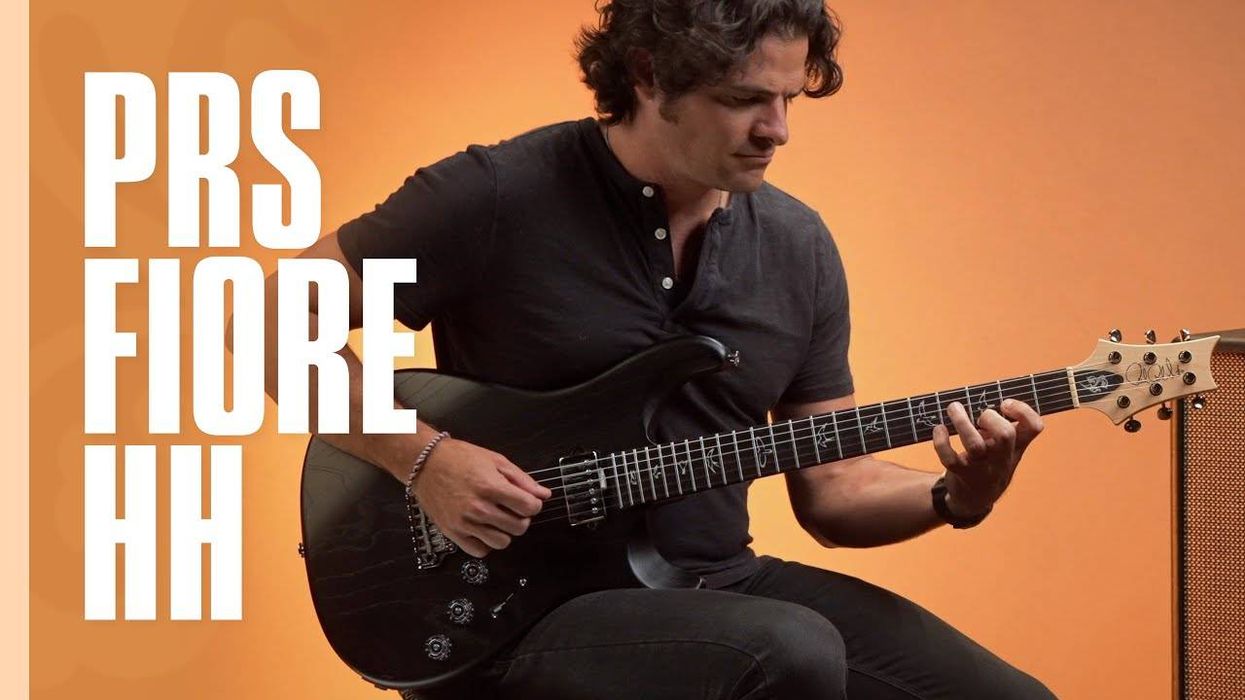
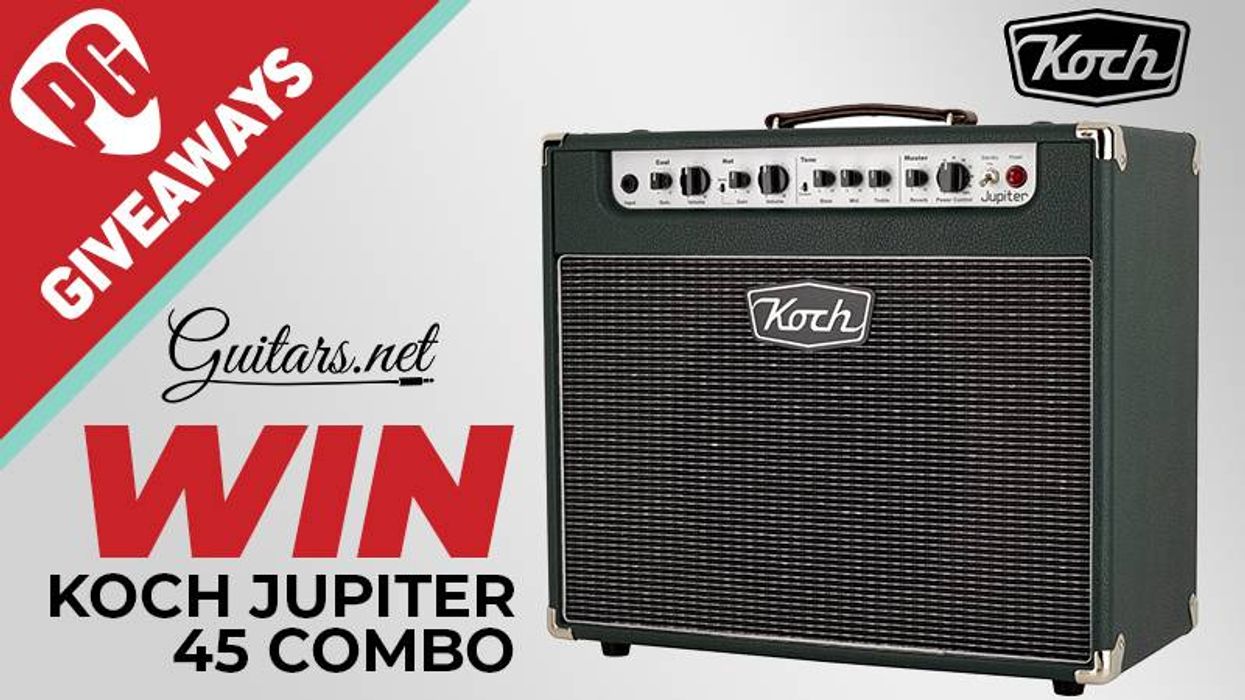
![Devon Eisenbarger [Katy Perry] Rig Rundown](https://www.premierguitar.com/media-library/youtube.jpg?id=61774583&width=1245&height=700&quality=70&coordinates=0%2C0%2C0%2C0)
